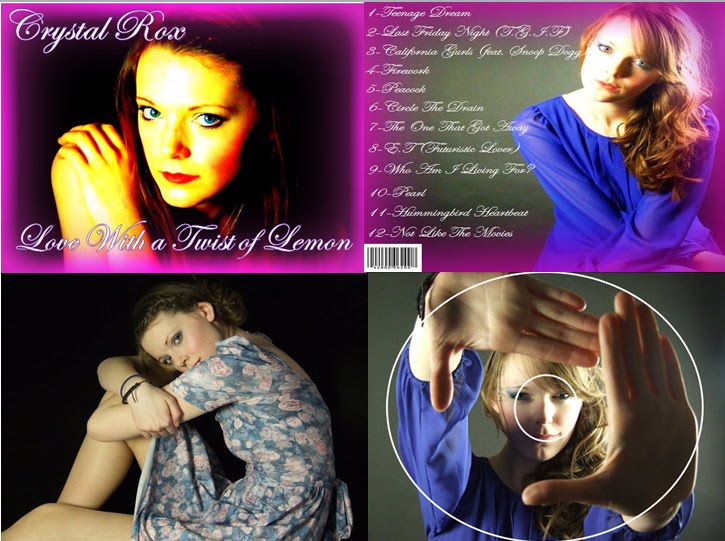Rule of Thirds

Framing
Try to never cut off a small part of an object, such as a person’s hand or the ear or tail of an animal. If you leave an entire arm outside the frame it usually doesn’t look odd, but if there’s something small like a hand missing the viewer will notice it in a different way and it can be very distracting at times.
Lines and Shapes
Lines and shapes are everywhere; try to use them to your advantage. They can draw the viewer into the picture or they can guide the eyes to a point that you normally wouldn’t pay so much attention to. Both symmetrical and asymmetrical lines and shapes are a great asset.
Simplicity
Less is more! Focus on the small things instead of the entire scene this obviously won’t work for every scene you’re shooting but as a quick rule it’s often good to keep your compositions clutter free and with less distractions.

From the website: http://www.tutorial9.net/photography/composition-and-framing/

